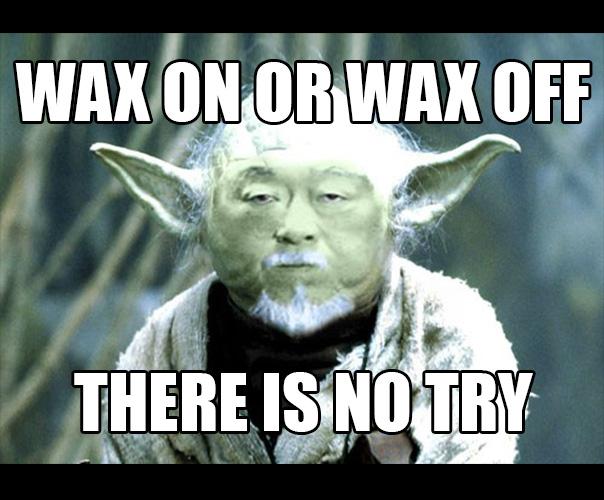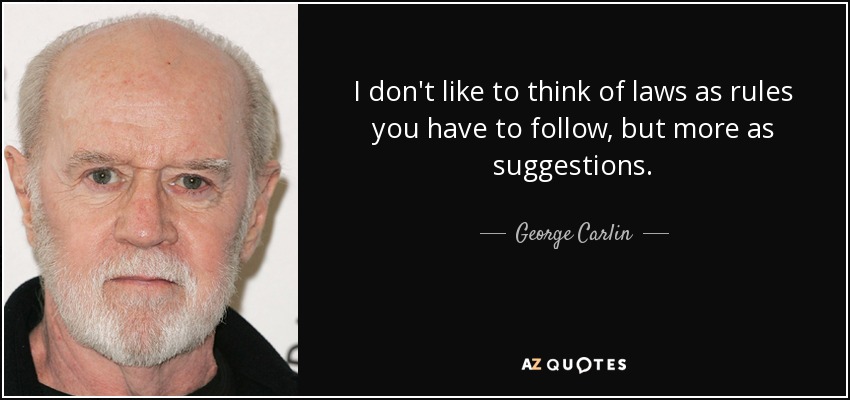Fill This Form To Receive Instant Help
Fill This Form To Receive Instant Help
Homework answers / question archive / Mod 4 Quiz 3 Categorical Syllogisms: Basic concept questions about the RULES
Mod 4 Quiz 3
Match the description with the fallacy:
The middle term is not distributed in the premises.
Question 1 options:
|
Existential fallacy (Boolean) |
|
|
Undistributed middle term |
|
|
Illicit minor |
|
|
Rule #4 fallacy |
|
|
Illicit major |
|
|
Exclusive premises |
Which type of proposition distribute its predicate?
Question 2 options:
|
Particulars |
|
|
Negatives |
|
|
Affirmatives |
|
|
Universals |
Saved
When does the fallacy of the illicit minor occur?
Question 3 options:
|
When the minor term is distributed in the conclusion but not in the minor premise. |
|
|
When there is no minor term. |
|
|
When the minor term is distributed in the premise but not in the conclusion. |
|
|
When the minor term is not distributed at all. |
Saved
What fallacy is committed when a syllogism has a negative premise but not a negative conclusion?
Question 4 options:
|
Existential fallacy |
|
|
Illicit major |
|
|
Exclusive premises |
|
|
Rule #4 violation (there is no cool name) |
Saved
What does the fourth rule, as of yet nameless, require?
Question 5 options:
|
Both of the premises and the conclusion must be negative. |
|
|
A negative conclusion cannot have negative premises. |
|
|
A negative premise (only one) requires a negative conclusion and a negative conclusion requires a negative premise (but only one) |
|
|
Two negative premises must have an affirmative conclusion. |
Saved
When does the fallacy of exclusive premises occur?
Question 6 options:
|
When there is a negative premise and a negative conclusion. |
|
|
When there are two negative premises. |
|
|
When there is not a negative premise. |
|
|
When there is a negative premise, but no negative conclusion. |
Saved
When does the fallacy of the illicit major occur?
Question 7 options:
|
When the major term is not distributed in the conclusion, but is distributed in the major premise. |
|
|
When the major term is distributed in the conclusion but not in the major premise. |
|
|
When there is no major term in the syllogism. |
|
|
When the major term is not distributed at all. |

Saved
Which of the following is true of the counterexample method?
Question 8 options:
|
It does not make a good method for determining whether an argument is valid or invalid. |
|
|
It is an excellent method for determining whether an argument is valid or invalid. |
|
|
It cannot illustrate that an argument is invalid. |
|
|
It serves no purpose at all whatsoever and why are we doing this? |
Saved
What is the fourth step to making a counter example?
Question 9 options:
|
Make the premises TRUE with commonly understood terms. |
|
|
Begin with an invalid syllogism. |
|
|
Replace the terms with variables (if not already). |
|
|
Make the conclusion FALSE with commonly understood terms. |
Saved
What does a counterexample do?
Question 10 options:
|
It proves that a syllogism is invalid. |
|
|
It provides an example of a syllogism. |
|
|
It proves that a syllogism is sometimes invalid. |
|
|
It proves that a syllogism is valid. |


Saved
Which fallacy or fallacies (if any) does the following syllogism commit? (the conclusion is underneath the line). Check all that apply.
All P are M
All S are M
Some S are P
Question 11 options:
|
Rule #4 |
|
|
Illicit major |
|
|
Illicit minor |
|
|
No, fallacy; it's valid. |
|
|
Existential fallacy (Boolean) |
|
|
Undistributed middle |
|
|
Exclusive premises |
Saved
Which fallacy or fallacies (if any) does the following syllogism commit? (the conclusion is underneath the line). Check all that apply.
Some M are P
All M are S
Some S are not P
Question 12 options:
|
No, fallacy; it's valid. |
|
|
Existential fallacy (Boolean) |
|
|
Illicit major |
|
|
Rule #4 |
|
|
Illicit minor |
|
|
Exclusive premises |
|
|
Undistributed middle |
Saved
Which fallacy or fallacies (if any) does the following syllogism commit? (the conclusion is underneath the line). Click all that apply.
All P are M
Some S are M
Some S are not P
Question 13 options:
|
No, fallacy; it's valid. |
|
|
Exclusive premises |
|
|
Illicit minor |
|
|
Existential fallacy (Boolean) |
|
|
Undistributed middle |
|
|
Rule #4 |
|
|
Illicit major |
Saved
Which fallacy or fallacies (if any) does the following syllogism commit? (the conclusion is underneath the line). Check all that apply.
All P are M
All M are S
All S are P
Question 14 options:
|
No, fallacy; it's valid. |
|
|
Exclusive premises |
|
|
Illicit major |
|
|
Illicit minor |
|
|
Rule #4 |
|
|
Undistributed middle |
|
|
Existential fallacy (Boolean) |
Saved
Which fallacy or fallacies (if any) does the following syllogism commit? (the conclusion is underneath the line). Check all that apply.
All P are M
Some M are S
Some S are P
Question 15 options:
|
No, fallacy; it's valid. |
|
|
Undistributed middle |
|
|
Illicit minor |
|
|
Existential fallacy (Boolean) |
|
|
Rule #4 |
|
|
Illicit major |
|
|
Exclusive premises |
Saved
Which fallacy or fallacies (if any) does the following syllogism commit? (the conclusion is underneath the line). Check all that apply.
No P are M
Some S are M
Some S are not P
Question 16 options:
|
Undistributed middle |
|
|
Illicit minor |
|
|
Existential fallacy (Boolean) |
|
|
Rule #4 |
|
|
Illicit major |
|
|
Exclusive premises |
|
|
No, fallacy; it's valid. |

Saved
What term will correctly complete this counterexample?
All _____ are canines
No cats are canines
All cats are _____
Question 17 options:
|
Horses |
|
|
Plants |
|
|
Tigers |
|
|
Dogs |
Saved
The following syllogism is invalid and you have to do a counterexample of it. Which of the following is a good option for the conclusion?
Some M are P
All S are M
Some S are not P
Question 18 options:
|
Some cats are felines. |
|
|
Some dogs are canines. |
|
|
Some golden retrievers are dogs. |
|
|
Some cats are not felines. |
Saved
Which of the following CAN be a premise in a counterexample?
Question 19 options:
|
All poodles are cats. |
|
|
Some dogs are cats. |
|
|
No cats are dogs. |
|
|
Some cats are fish. |
Saved
What term will correctly complete this counterexample?
Some ______ are cats.
All dogs are ______.
Some dogs are cats.
Question 20 options:
|
Trees |
|
|
Animals |
|
|
Tigers |
|
|
Lions |
